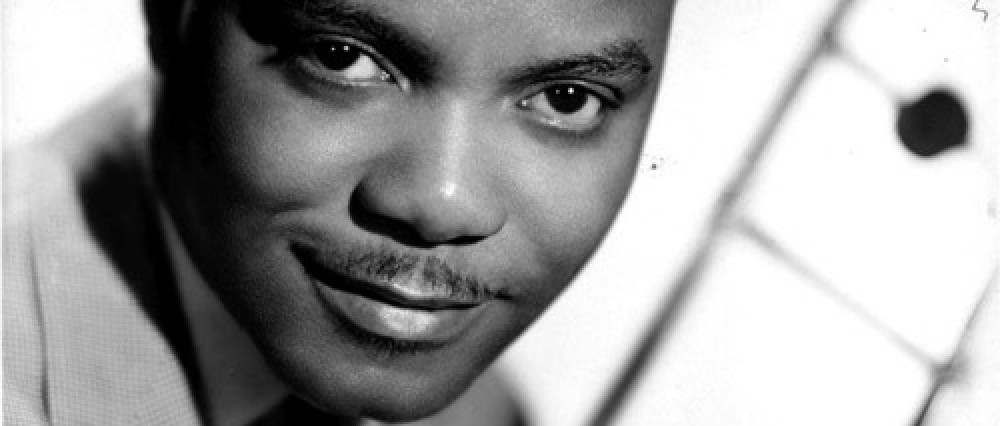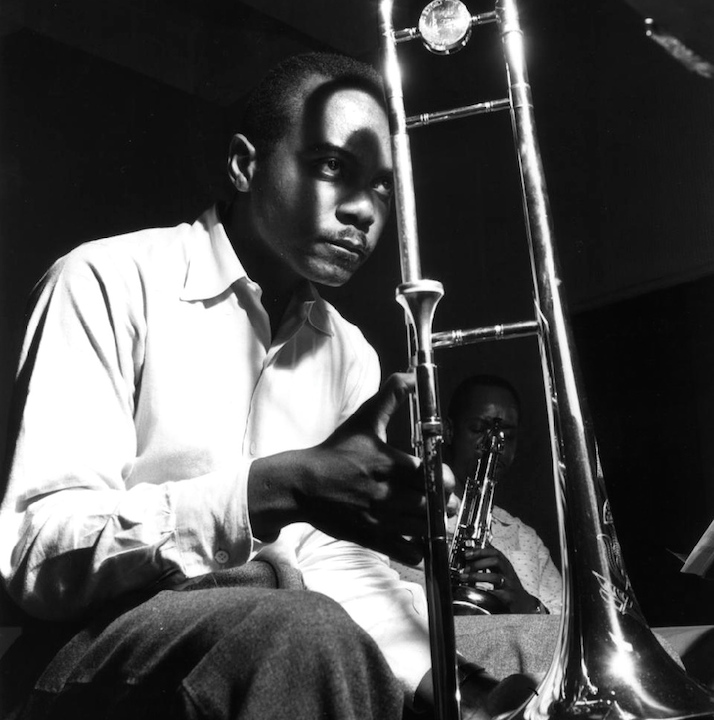J.J. Johnson made an indelible mark on the history of jazz when, with the help of Dizzy Gillespie, he reconfigured trombone playing for the be-bop era, playing linear progressions, minimizing vibrato, and producing a lucid, controlled, and clean sound which yet has the ability to express a wide range of emotions and musical ideas.
Considered by many to be the finest jazz trombonist of all time, J.J. Johnson somehow transferred the innovations of Charlie Parker and Dizzy Gillespie to his more awkward instrument, playing with such speed and deceptive ease that at one time some listeners assumed he was playing valve (rather than slide) trombone.
J.J. Johnson is known to the listening public as a jazz trombonist who has repeatedly won the Downbeat and many other polls, who has played the instrument at super-rapid clips (a Philadelphia nightclub once billed him, Barnum and Bailey style, as “The Fastest Trombone Player Alive!”), and who, with the great Kai Winding, made the famous “J.J. and Kai” recordings showing that the trombone could indeed be a virtuoso instrument.
By the end of the 40’s, Johnson had successfully translated the intricacies of bebop onto his demanding instrument. Suddenly jazz trombone playing underwent a quantum leap. Johnson’s rich, dark tone and virtually flawless command of the horn became the barometers by which all subsequent trombonists have been measured, the standards which they have labored to attain. But for all his virtuosity, Johnson never abandoned the elusive quality that, call it what you will, is essential to all great jazz: feeling, passion, soul.
J. J. Johnson notes, “Contrary to popular opinion, I was never preoccupied and consumed with speed and a virtuoso-type technique. Never! I have been, always was, and still am consumed and preoccupied with the business of playing the instrument with clarity and with logic, and with some kind of expressiveness. So that if my trombone playing has a “persona” – I hope that it does – it is based on that desire to project on the instrument an improvisation with logic and with clarity, leaving no question in your mind as to, “What was he trying to do?”

